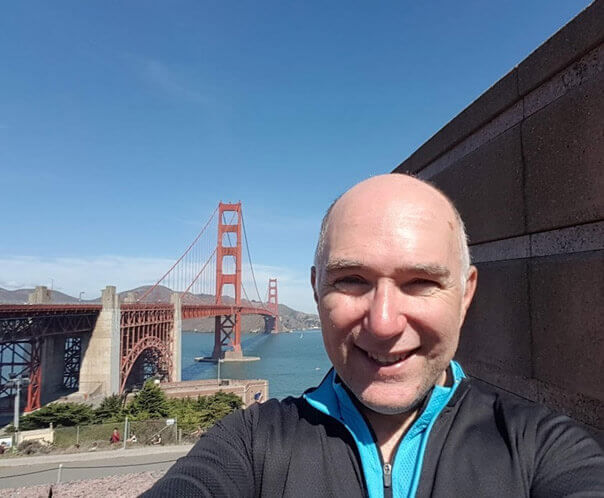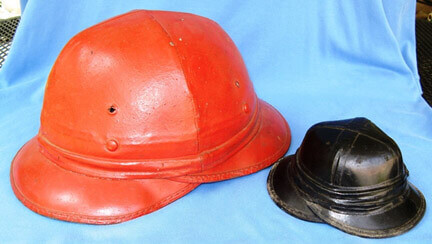“Legends of The Fall” Building The Golden Gate Bridge and Staying Safe Too!
In 2018, I got the opportunity to ride my bike over the Golden Gate Bridge during a cycle tour in Northern California. It was a bit of a dream that I’d harboured for many years, as I would cycle from Fife, across the Forth Road Bridge and into South Queensferry.

At WEB Systems International , we are constantly talking about bridges. More importantly, we are constantly talking about how to keep people safe when they are working on the underside of bridges. We like to think that, one day, our WEB Deck™ and WEB Net™ will be helping to keep people safe in all of the most iconic bridges in the world. Like the Golden Gate Bridge, for example.
But here’s the thing. The idea of what is safe – or indeed, unsafe – can throw up a few surprises when you do the research. Which brings me back to the Golden Gate Bridge. I was doing a little research in support of my speaking slot at Bridge Construction Asia, which is coming up on the 23rd of June 2021, and I wanted to compare the fall statistics of yesteryear with the much safer times in which we currently live. Two minutes later, I’m watching a Smithsonian Channel video with archive footage of the Golden Gate Bridge being constructed in 1933. You’ve probably seen similar. The impression you form is one of casual disregard for safety. Guys are walking on girders at height, with maybe a hard hat but no visible harness. Cranes and mechanized pulleys and winches are operating in close proximity. Immediately, I’m wondering at the loss of life that must have occurred as the bridge was being built.
First shock from the Smithsonian commentary was this:
“At the time, a rule of thumb for contractors was to expect one fatality for every million dollars spent on the project.”
“What?” I asked myself? “Did companies routinely budget for a ‘body count’ in the way that they might have budgeted for material loss or wastage.”
The Golden Gate Bridge was to cost $35 million dollars. Following the prevailing rule of thumb, that would have suggested that 35 people would have been lost, before the bridge opened on May 28th, 1937.
So, how many people did lose their life? In the event, thirty people ‘fell’ from the bridge, during construction. However, nineteen of those were saved by a safety net that was installed below! (They were known, thereafter, as ‘The Halfway to Hell Club’, by the way!)
Eleven people died.
However bad that is, by today’s standards, is one thing. But there’s a kicker to this story that I really hadn’t expected. You see, for the first four years of the Golden Gate Bridge’s construction, there wasn’t a single fatality.
Again, I found myself asking “What? How did they manage that?”
And this where perception meets truth, where assumption is taken down by fact. I had assumed that, given that this project was taking place ninety-odd years ago – before our ‘culture’ of safety regulations had been born – it had to be inherently unsafe. Sure, the pictures we’ve seen seem to bear that out. But I was wrong.
The Chief Engineer of the Golden Gate Bridge, structural engineer, Joseph Baermann Strauss, insisted on a variety of safety equipment being used, and methods adopted. And he was strict in the administration of his safety policy.
Hard hats, made out of leather, were an innovation that undoubtedly protected workers from being struck by a dropped objects or a wayward piece of machinery.

Safety Lines. Zero tolerance of workers who refused to use safety lines. If they were caught without being tethered to one, they were fired.
Anti-glare goggles. This was attention to detail. Workers could be blinded by the reflection of the sun’s rays on the waters below.
Safety Net. No surprises here. Having a safety net installed was the difference between life and almost-certain death for the nineteen workers who fell.
And the most innovative of the safety solutions? Well, arguably the most innovative was the introduction of a ‘Hangover Cure’! That’s right. ‘Sauerkraut Juice’ was the ‘go-to’ remedy of the employer for workers turning up with a hangover! Changed days indeed.
Having watched the newsreel and done the reading, I came to the conclusion that, however good the kit is, it’s the attitude to safety that counts.
As our Technical Director tells me often.. “Complacency Kills”.
Stay safe people.

